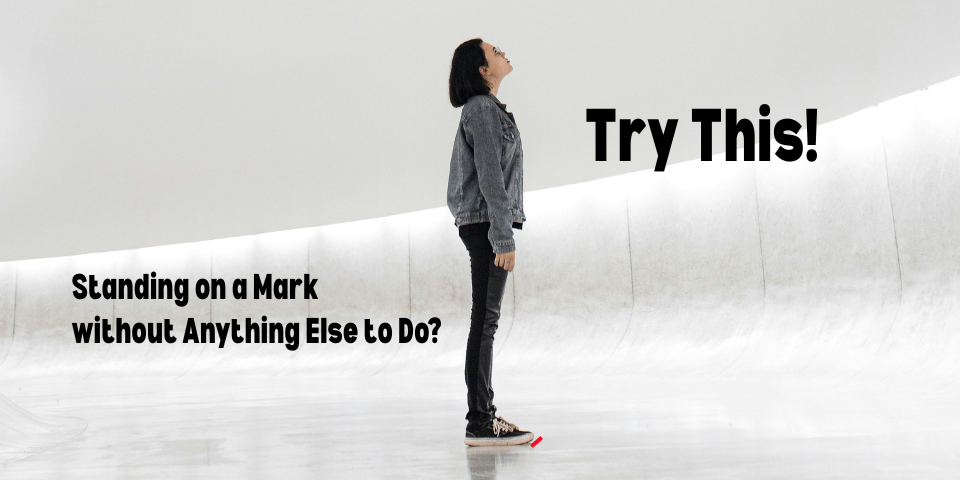You’ve just finished a scene you were standing in on. You’re about to wrap — or so you think. You suddenly hear the 1st AD call out “Wild track!” or “Wild lines!” or “TV-safe version!”
What does this mean, and what does it have to do with standing in?
Here’s your answer!
“TV-Safe Version”
Sometimes a production wants to record additional dialogue for a scene while on set rather than reshoot a scene with different dialogue or record sound in a studio at a later time.
Often this additional dialogue is recorded in a television episode that uses obscene language. This additional dialogue — sometimes referred to as a “TV-safe version” of the dialogue — is a cleaner version of the words the actor speaks. For example, a character may say in a scene the line “This popcorn fucking rocks!” TV-safe dialogue recorded might be “This popcorn frickin’ rocks!” This dialogue is then overdubbed in the place where the character speaks when the episode plays on stations where the obscene language is banned.
Recording this additional dialogue involves the sound department usually recording the actor doing this TV-safe dialogue with a boom microphone while the crew is still on set. Production is asked to remain quiet while the TV-safe dialogue is recorded. Usually it takes just a minute or so to record this additional dialogue.
Stand-ins need to know what is going on in such a case, and therefore they need to know to be quiet during such recording and not move around on set so that the set remains perfectly quiet during the recording.
“Wild Track” and “Wild Lines”
Wild track is sound recorded as a possible option to the dialogue recorded during the scene. There are a number of reasons why wild track might be recorded. One of the reasons might be to provide words or conversation for principal actors who appear in a background conversation in a scene. Imagine a scene in which two characters are talking about two other characters arguing in the background. Some dialogue of the arguing characters may be helpful for editing the sound for the scene later. Wild track may be improvised between the actors or scripted for them.
Wild lines are simply the units (lines) of a wild track. TV-safe versions of dialogue could be considered wild lines in that they are optional lines spoken by the character.
It’s important for stand-ins to remain quiet and still when recording wild track and wild lines because, like TV-safe versions of dialogue, these are also usually recorded on set when the crew is still present. It usually takes just a minute to record such sound.
Do you have any experience with being on set when wild track was recorded? Share your experienced below!






Leave A Comment